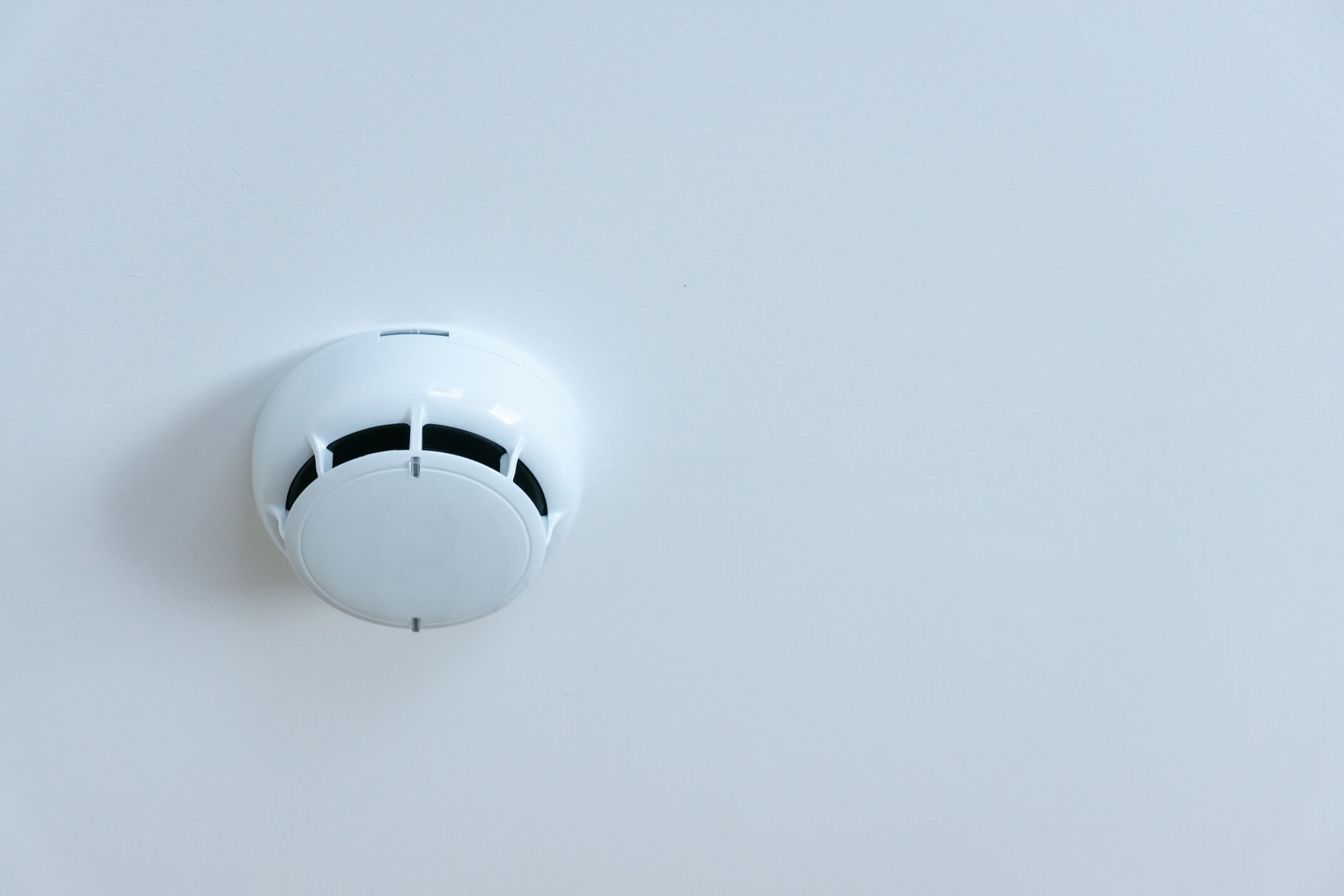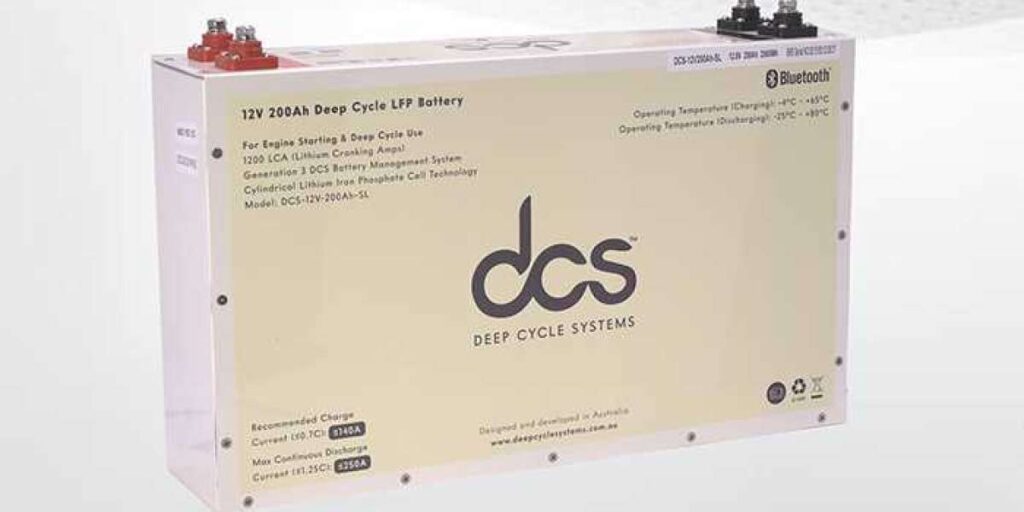Data centers are the backbone of our digital world, powering everything from e-commerce and cloud computing to essential government services. A fire in one of these facilities can have devastating consequences—leading to massive data loss, extended service outages, financial setbacks, and reputational damage. That’s why having reliable fire detection and alarm systems, and suppression strategies isn’t just a best practice—it’s a necessity for protecting critical assets and ensuring business continuity.
Understanding the Unique Fire Risks in Data Centers
Because of their extensive wiring, high concentration of electrical equipment, and high power consumption, data centers are particularly vulnerable to fire. Even a small spark can rapidly become a major issue in such a setting. Among the most frequent reasons for data center fires are:
Electrical Faults
Short circuits, overheating components, and faulty wiring are primary ignition sources.
Equipment Malfunctions
Generator and backup power supply failures can lead to fires.
Overheating
Inadequate cooling or ventilation can cause equipment to overheat and ignite surrounding materials.
Human Error
Improper handling of flammable materials or inadequate adherence to safety protocols can also contribute to fire incidents.
Dust Accumulation
Due to its high flammability, dust may be the only cause of a fire spreading across your data center.
Multi-Tiered Fire Protection: A Holistic Approach
Building-Level Protection
This initial layer of protection focuses on safeguarding the overall structure and personnel within the data center. Key measures include:
Fire Sprinkler Systems
Traditional sprinkler systems provide a broad-based fire suppression capability. However, their use in data centers is carefully considered due to the potential for water damage to sensitive electronic equipment.
Handheld Fire Extinguishers
Strategically placed extinguishers offer a means for manual fire suppression in the event of a small, localized fire.
Passive Fire Protection
The installation of fire-rated floor assemblies and firewalls passively work to delay the spread of fire throughout the building.
Room-Level Protection
Room-level protection focuses on containing fires within specific areas, such as server rooms or equipment rooms, to prevent them from spreading to other parts of the data center. This can be achieved through:
Fire-Resistant Construction
Walls, doors, and ceilings constructed from fire-resistant materials can help to contain a fire within a specific room.
Dedicated Fire Suppression Systems
Installing separate fire suppression systems in each room provides targeted protection and prevents a single fire from disabling the entire facility.
Rack-Level Protection
Rack-level protection represents the most granular level of fire safety, focusing on preventing fires from spreading between individual equipment racks. Common measures include:
In-Rack Fire Suppression Systems
These systems are installed directly within equipment racks to detect and suppress fires at their earliest stages.
Fire-Resistant Enclosures
Enclosing equipment racks in fire-resistant materials can help to contain fires and prevent them from spreading.
Early Fire Detection: The First Line of Defense
Early fire detection is crucial for minimizing damage and downtime in the event of a data center fire. Advanced detection systems can identify the presence of fire at the earliest possible stage, allowing for swift intervention. Key technologies include:
Smoke Detectors
Installed throughout the facility, these devices are sensitive to smoke particles.
Heat Detectors
Activated by temperature variations, suggesting a possible fire.
Flame Detectors
These sensors pick up the UV or infrared light that fires release.
Aspirating Smoke Detection (ASD)
These systems can detect fires far earlier than traditional detectors, providing valuable time to respond. The aspirating systems are the least expensive part of any fire control system.
Thermal Cameras
Thermal cameras offer a way to identify hot spots invisible to the naked eye, often before smoke becomes visible.
Fire Suppression Systems: Minimizing Damage and Downtime
Data centers must have effective fire suppression systems to protect sensitive electronics. Clean agent systems are typically used, employing agents like FM-200 or Novec 1230. These agents are non-conductive, non-corrosive, and leave no residue, quickly extinguishing fires without harming equipment by reducing oxygen or disrupting the fire’s chemical reaction.
Proactive Fire Prevention Measures
In addition to robust detection and suppression systems, proactive fire prevention measures are essential for minimizing the risk of fire in data centers. These measures include:
Strict Housekeeping
Maintaining a clean and organized environment is crucial for preventing fires. Regularly removing dust, debris, and flammable materials reduces the potential fuel load.
Flammable Materials Control
Prohibiting flammable materials from entering the data center is essential. This includes items such as cardboard boxes, packaging materials, and cleaning supplies.
Regular Inspections and Maintenance
Scheduling regular inspections of fire protection equipment ensures that it is functioning properly and ready for use.
Careful Handling of Flammable Materials
Handle flammable materials carefully.
Climate Control
Maintain climate control equipment.
Emergency Power-off Switch
Install an emergency power-off switch to shut off all electrical devices with the push of a button.
The Importance of Training and Emergency Preparedness
Even with the most advanced fire protection systems and prevention measures in place, it is essential to have well-trained personnel who can respond effectively in the event of a fire. Data center staff should receive regular training on fire safety procedures, including:
Fire Detection and Alarm Response
Recognizing the signs of a fire and understanding how to respond to fire alarms.
Fire Extinguisher Use
Proper operation of handheld fire extinguishers.
Evacuation Procedures
Safe and efficient evacuation of the data center.
Emergency Shutdown Procedures
Shutting down equipment and systems in a safe and orderly manner.
Key Takeaway
Keeping fire detection and alarm systems up-to-date demands continuous attention, resources, and adherence to top industry standards. A layered fire safety strategy, combining cutting-edge detection and suppression tech with proactive prevention, dramatically lowers fire risks and safeguards essential operations. In today’s data-driven world, where information is crucial, fire safety investment is future-proofing.




